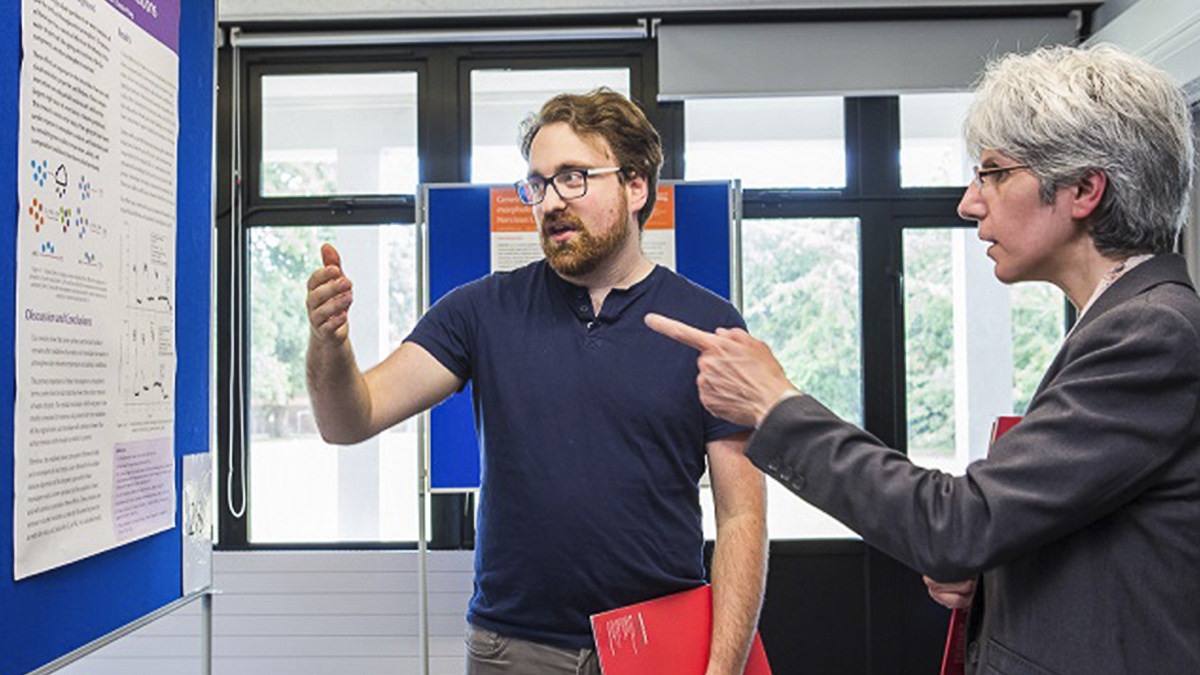Dr Geoff Brown, Associate Professor in Nuclear Magnetic Resonance (NMR) Spectroscopy at the University of Reading, is using NMR spectroscopy to reveal the chemical pathway needed to produce the world's most effective antimalarial drug in a more cost-effective way.
The World Health Organization (WHO) estimates that the global disease burden of malaria is around 214 million cases in total. There were an estimated 438,000 deaths in 2015, and more than half of those deaths were children under the age of five (WHO Malaria Factsheet).
While these numbers are alarming, they are a significant improvement. In the last 15 years, interventions, such as mosquito control and access to antimalarial drugs, have decreased mortality rates by 60% worldwide (WHO Malaria Factsheet).
The world's most effective antimalarial

Putting yeast to work
Fifty years after its discovery, the compound is still being isolated from the plant, which makes it costly to produce. Geoff has been using NMR spectroscopy to understand how the plant produces the compound so that it can be obtained more affordably using synthetic biology.
“The idea is that you take a simple organism like yeast and you reprogram it, so that instead of fermenting sugars into alcohol, the yeast produces this desirable compound artemisinin.
"This means it can be produced more cheaply because it becomes a fermentation product rather than an agricultural product and it can be provided to the developing countries who need it, for less.”
Research that's having an impact
“We've come a long way in understanding the biosynthesis of this drug in the plant, and that's had quite a big impact on how you manipulate the yeast in order to produce it in a lab.
"We're now at a point where the cost of producing it with yeast is almost equivalent to isolating it from the plant itself. But there are still a few steps that we need to work out.”
Using fermentation to produce the drug not only reduces the cost of producing the drug, it also removes many of the unpredictable factors associated with agricultural crops.
Environmental uncertainty and/or shifts in crop choices by farmers can result in low yields of sweet wormwood and drive prices up. A lab-based product would help stabilise prices.
Research that feeds into teaching
Each year, he supervises two group projects that are entirely based on NMR spectroscopy. Groups of final-year undergraduates are taught to use the instrumentation and are then given a chemistry-based problem to resolve analytically using NMR techniques.
"The students are trained to use an expensive instrument that is normally only run by a technician, so it's quite a unique opportunity.
"Those who use NMR after graduating will be streets ahead of their peers, but it's also advantageous for students to be able to show that they can apply analytical techniques to solve real chemical problems.”

Professor Christine Cardin: the "light-switch" effect

Ben Wōden: predicting climate with cloud computing

